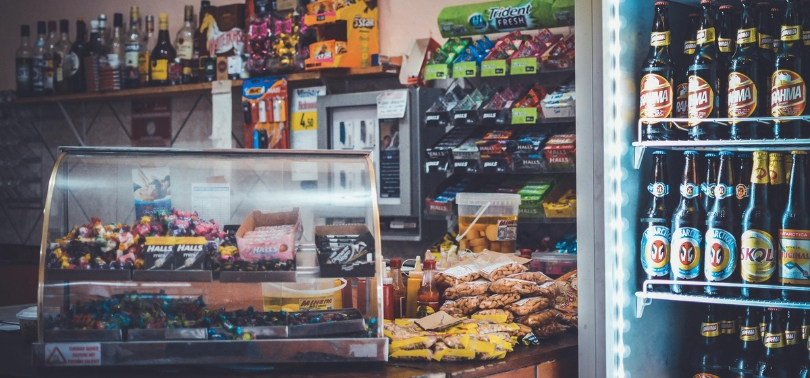We’ve all seen them—those oddly satisfying fridge restocking videos where influencers open their double-door refrigerators and meticulously organize $5000 worth of food, snacks, drinks, and perfectly labeled containers. It’s like a mini grocery store in your kitchen. Rows of oat milk. Rainbow-colored fruits. Six different kinds of sparkling water. Entire drawers dedicated to pre-cut lemons and carrot sticks.
At first glance? Pure eye candy.
But take a second look—and you start to wonder: What are we really restocking here? The fridge or our sense of control?
Let’s take a stroll through this trend and thaw out what’s actually going on beneath the surface.
1. Aesthetic Capitalism: When Your Groceries Have to Look Cute
We’re living in an era where everything, from our morning coffee to our laundry routines, is expected to be aesthetic. With social media turning everyday moments into bite-sized entertainment, restocking your fridge isn’t just a chore anymore—it’s content.
But here’s the thing: these videos aren’t about food. They’re about the performance of abundance. And like any performance, it demands a budget, props, lighting—and a whole lot of waste.
Because guess what? The average human stomach doesn’t require 15 different beverages at once.
We’re not restocking our fridges—we’re curating a vibe.
2. The Illusion of Control Through Consumerism
Let’s be real: life feels messy sometimes. Things spiral. But a hyper-organized fridge? That’s order you can control. That’s serotonin in Tupperware form.
But the need to control through consumption comes at a cost. Many of these restockers aren’t showing how often the fridge gets cleaned out. Or how much food ends up trashed when it expires before it’s even opened.
The cold, hard truth? It’s less about nourishment and more about numbing—with products.
3. Overconsumption Dressed Up as Wellness
Don’t be fooled by the clear bins and pastel labels. Overconsumption is still overconsumption—even when it’s “clean girl” approved.
Buying ten of everything under the guise of “healthy living” or “being prepared” doesn’t cancel out the reality of excess. Just because it’s kombucha instead of cola doesn’t mean it’s guilt-free—especially when it ends up down the drain.
And let’s not even start on the carbon footprint of individually packed snack packs.
4. Food Waste is the Unseen Villain
Did you know that globally, we waste a third of all food produced? Now imagine the waste from a $5000 fridge restock—especially when much of it is bought for display, not consumption.
Cucumbers dry out. Berries mold in pretty glass jars. Half-used hummus gets forgotten behind the five kinds of yogurt.
When food becomes aesthetic, it stops being respected.
5. The Privilege No One Talks About
Let’s be honest: restocking your fridge with $5000 worth of groceries isn’t just a lifestyle—it’s a luxury. For many, grocery shopping means budgeting down to the dollar, not buying duplicates for symmetry.
These videos quietly reinforce the idea that wellness equals wealth. That being “put together” means having abundance. It’s a narrative that alienates more than it inspires.
6. Sustainable Living Isn’t Instagrammable—But It Matters
Here’s the wild part: actual sustainable food habits? They’re not that photogenic.
They look like:
- Buying only what you need
- Reusing old containers
- Embracing the wonky-shaped veggies
- Eating leftovers instead of throwing them out
It’s not viral. But it’s real.
So… Should You Feel Bad About Restocking Your Fridge?
Not at all. It’s fine to enjoy an organized space. It’s fine to treat yourself to fun snacks. But maybe next time you watch a restock video, ask yourself: Am I watching this for inspiration—or aspiration? Because one leads to healthier habits. The other leads to a checkout cart you probably don’t need.

